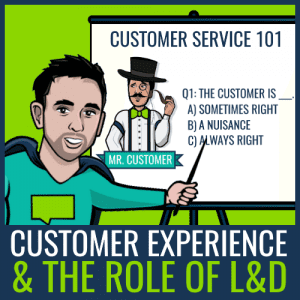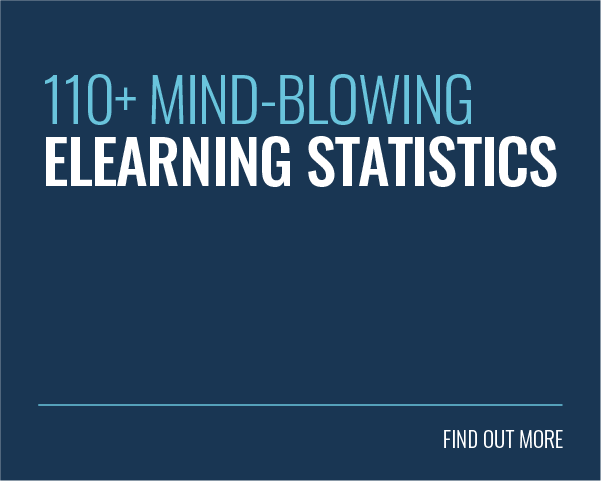 Customer satisfaction has always been a big aspiration for organisations, particularly in customer-facing sectors like retail. In the past, businesses might have gotten away with ignoring customer experience, but now the impact on the bottom line is becoming more pronounced.
Customer satisfaction has always been a big aspiration for organisations, particularly in customer-facing sectors like retail. In the past, businesses might have gotten away with ignoring customer experience, but now the impact on the bottom line is becoming more pronounced.
The Institute of Customer Service recently found that retailers that perform even slightly above the average achieve a sales growth of 7.6%. In the same study, those who performed below average saw a drop in sales of 0.4%.
It’s not just profit that’s at stake – the very reputation of the business is on the line and in today’s connected world, there’s nowhere to hide.
With the rise of social media, organisations’ attitudes to their customers are laid bare for all to see. On the plus side, every positive review adds credence to their services, but there’s the ever-present risk that a single negative review could go viral.
I mean, you never know who you might be upsetting…
All I wanted to do was set up a new account with @TWCable_NYC but 36hrs later I’ve lost the will to live.
— Patrick Stewart (@SirPatStew) September 14, 2012
One or two disgruntled Starfleet officers might have been a minor inconvenience several years ago, but nowadays, prospective customers are just one click away from shopping elsewhere. The ease and convenience of online shopping has had a huge impact on the high street, with time-honoured brands like Woolworths and BHS disappearing.
It hasn’t all been bad though. This paradigm shift has shone a light on the one thing that bricks-and-mortar retailers have that online sellers can’t compete with – a hands-on, human interaction. Now that these retailers have found the ace in their sleeve, they need to focus on honing it to perfection and this is where learning and development has a pivotal role.
Improving Customer Satisfaction
Measure
If you’re not measuring your customer satisfaction, you won’t know where you’re succeeding and where you’re failing. If a particular branch is outshining everyone else, you can find out what they are doing differently and adopt it across the whole business. Similarly, if you’re constantly receiving low ratings on speed of service, then it’s a safe bet that your processes need to be streamlined, or that your employees simply don’t understand them.
Communicate the Good

Whether your customer feedback is good or bad, it’s worthless if it remains locked in a drawer in the marketing department. A single positive review, shared with everyone, legitimises the hard work that your employees do on a daily basis. This validation has a huge effect on morale and shows everybody the human impact of their efforts.
Communicate the Bad
Negative feedback needs to be handled in a slightly different way. Nobody really wants to know about their failings and hearing about them every day can suck the motivation out of the entire staff. This can lead to a vicious cycle of poor service and worse feedback. If a pattern of poor performance emerges, it should be shared with the L&D department, who can then focus on improving training in that area.
Give Employees a Voice
The above examples refer to customer feedback that arrives via designated channels, but your employees are receiving feedback on a daily basis from everyone they encounter. This might be an explicit ‘good job’ from a satisfied customer, but sometimes it’s less obvious. A cunningly placed add-on product might be exactly what your customers need and it just takes one clever staff member to notice and point it out. If you have an in-house social network, you can ensure that none of this insight gets lost and if it’s tied in to your LMS, it can be communicated to everyone as part of their ongoing training.
Refocus on Your Vision and Values
Research by the Institute for Corporate Productivity suggests that 79% of the highest performing companies value customer service above all else. If your goal is to improve customer satisfaction, then this should be at the top of your list of values. For a training programme to have a significant impact, it needs to be built around the core principles that guide your organisation.








